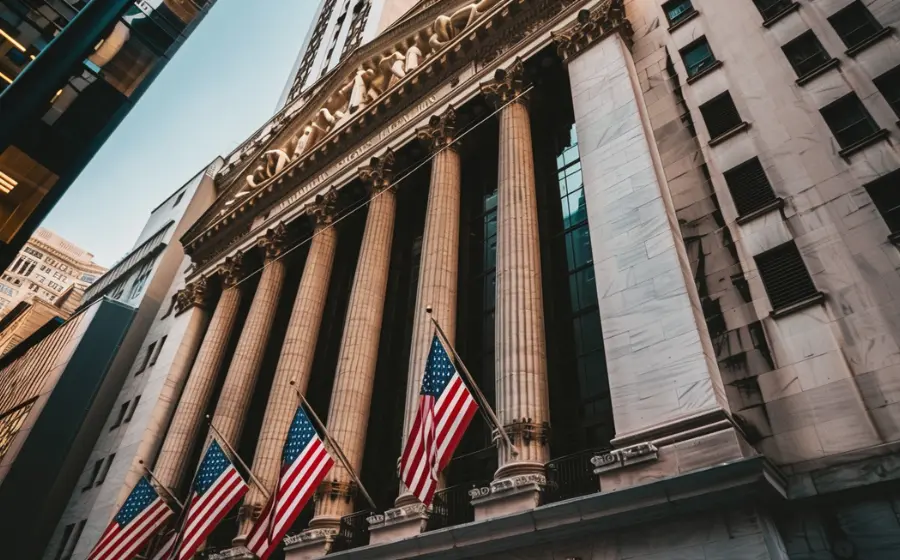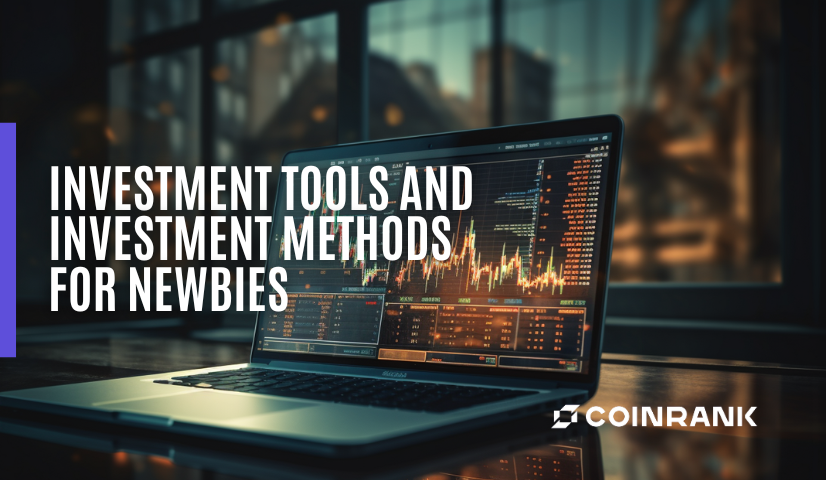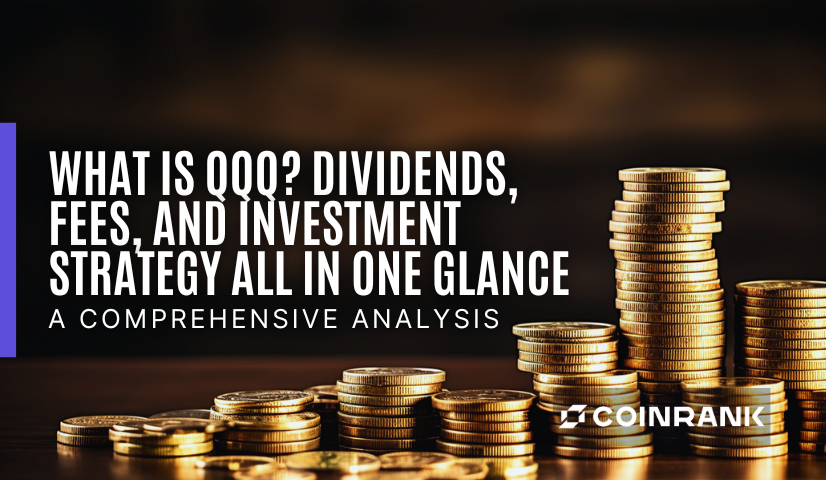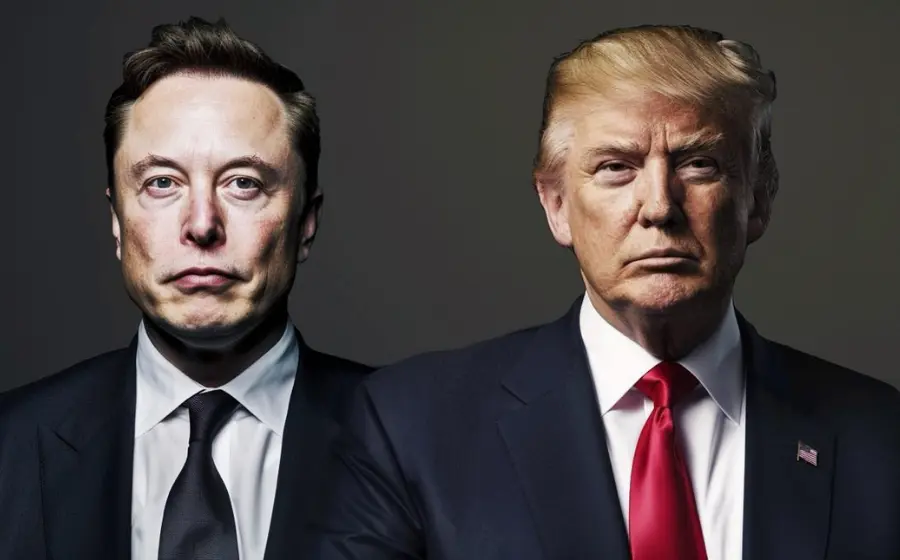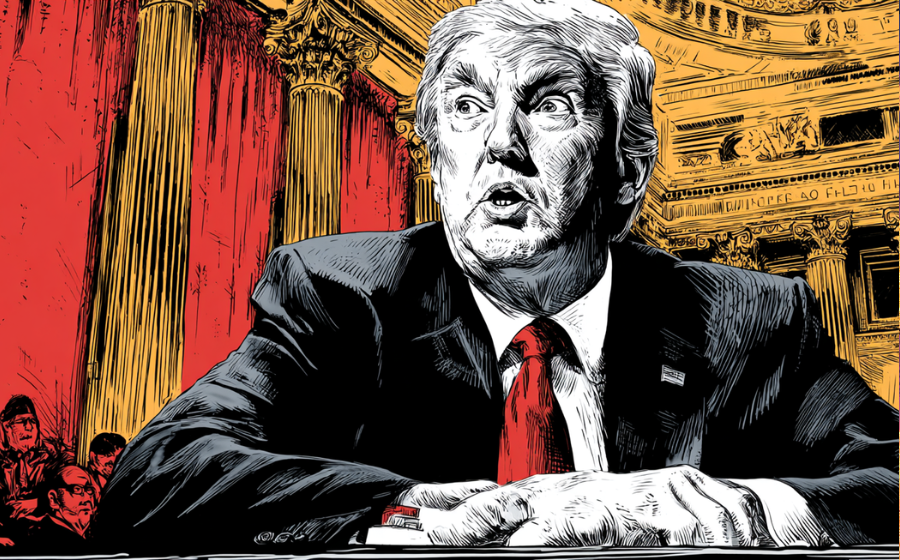
KEYTAKEAWAYS
- Trump’s dismissal attempt of Lisa Cook tests the boundaries of presidential power over the Federal Reserve, creating an unprecedented confrontation with far-reaching economic and legal implications.
- The case hinges on the “for cause” removal standard, with critics arguing the allegations are political, while supporters insist misconduct could justify Trump’s bold action.
- Markets remain cautious as the dispute unfolds, with investors monitoring how the clash may affect Fed policy credibility, global confidence in the dollar, and inflation expectations.

CONTENT
Trump’s attempt to fire Fed Governor Lisa Cook sparks an unprecedented legal battle over central bank independence, raising questions about presidential authority, markets, and institutional stability.

INTRODUCTION
In late August 2025, Donald Trump shocked global markets and legal scholars by announcing that he was firing Federal Reserve Governor Lisa D. Cook. The decision was justified by allegations of mortgage fraud, but the move immediately triggered a storm of controversy over presidential authority, central bank independence, and the rule of law. Cook, who has served on the Board of Governors since 2022, has vowed to remain in office and fight the dismissal in court.
This unprecedented episode has become a critical test case that could reshape the boundaries between the White House and the Federal Reserve, with ripple effects across financial markets, monetary policy, and global investor confidence.
WHO IS LISA COOK AND WHY HER ROLE MATTERS
Lisa Cook is a distinguished economist and the first Black woman appointed to the Federal Reserve Board of Governors. Confirmed in 2022 and reappointed in 2024 for a full 14-year term, Cook has built her career on research in innovation, economic growth, and financial inclusion. She is regarded as an influential voice on labor markets and equality in monetary policy debates.
Her role as a Governor grants her a permanent vote on monetary policy when she sits on the Federal Open Market Committee (FOMC). Unlike rotating regional presidents, Governors hold lasting institutional authority in shaping interest rates and financial regulation. Removing Cook would not only set a new political precedent but could also shift the balance of power within the Fed.
THE DISMISSAL ANNOUNCEMENT
On August 25, President Trump issued a formal statement accusing Cook of misconduct tied to mortgage applications where she allegedly declared multiple homes as primary residences. The White House argued this qualified as “for cause,” the legal threshold for removing a Federal Reserve Governor under the Federal Reserve Act.
Cook immediately rejected the allegations as unfounded and politically motivated. She emphasized that the independence of the Federal Reserve is protected by law and announced her intention to challenge the dismissal in federal court. In a rare move, the Fed issued its own statement, stressing that Governors cannot be removed for political disagreements and reaffirming its institutional independence.
LEGAL CONTROVERSY: “FOR CAUSE” OR OVERREACH?
The legal dispute centers on the phrase “for cause.” The Federal Reserve Act permits removal only for valid reasons such as proven misconduct or incapacity. Historically, no President has ever attempted to remove a sitting Governor under this clause.
Supporters of the President argue that mortgage fraud, if substantiated, could meet the requirement. Critics insist that the charges appear politically motivated and fall short of the high legal standard intended to protect the Fed from interference.
Many legal experts expect the case to reach the Supreme Court. A ruling for Trump would grant future Presidents far greater leverage over monetary policy. A decision in Cook’s favor would reinforce the Fed’s independence and limit presidential influence.
MARKET AND POLICY IMPLICATIONS
Markets reacted cautiously to the announcement. Treasury yields edged higher as investors worried about political encroachment on the Fed’s inflation-fighting credibility. Equity markets were volatile but stabilized after Cook insisted she would remain in her role until the courts ruled.
The upcoming FOMC meeting in mid-September now carries heightened significance. Traders will be watching closely to see if the dispute distracts from monetary policy decisions or pressures other Governors to align more closely with the administration.
Beyond short-term volatility, the deeper concern is credibility. If markets perceive the Fed as vulnerable to political pressure, long-term inflation expectations and the global standing of the dollar could be at risk.
POLITICAL DIMENSIONS
The clash highlights broader political battles. Trump has long criticized the Federal Reserve, often pressuring it to cut rates during his first term. His return to the presidency has reignited debates over whether the Fed should remain insulated from politics or be more directly accountable to elected leaders.
Cook has faced partisan criticism since her nomination. Supporters see the dismissal attempt as an attack on diversity and independence. Opponents portray it as an effort to remove ideologically aligned officials from positions of influence.
WHAT COMES NEXT
The immediate focus now shifts to the courts, where Cook is expected to seek an injunction blocking her removal. The White House may attempt to nominate a replacement quickly, but Senate confirmation could be slow and contentious.
Meanwhile, the Fed must continue functioning under a cloud of uncertainty. Chair Jerome Powell and other Governors are likely to emphasize continuity and stability, but internal dynamics could change significantly depending on the outcome.
If Trump succeeds, he could consolidate influence at the Board, shaping interest rate policy, regulation, and supervision. If Cook remains, it will mark a reaffirmation of central bank independence in the face of political challenge.
CONCLUSION
The attempt to remove Lisa Cook has already entered the history books as the most direct presidential confrontation with the Federal Reserve in modern times. Whether upheld or struck down, the case underscores the delicate balance between democratic accountability and institutional independence.
For investors and policymakers, the outcome will shape confidence in the Fed’s ability to operate free from political pressure. For citizens, it is a reminder that economic stability depends not only on interest rates and markets but also on the resilience of key institutions.
